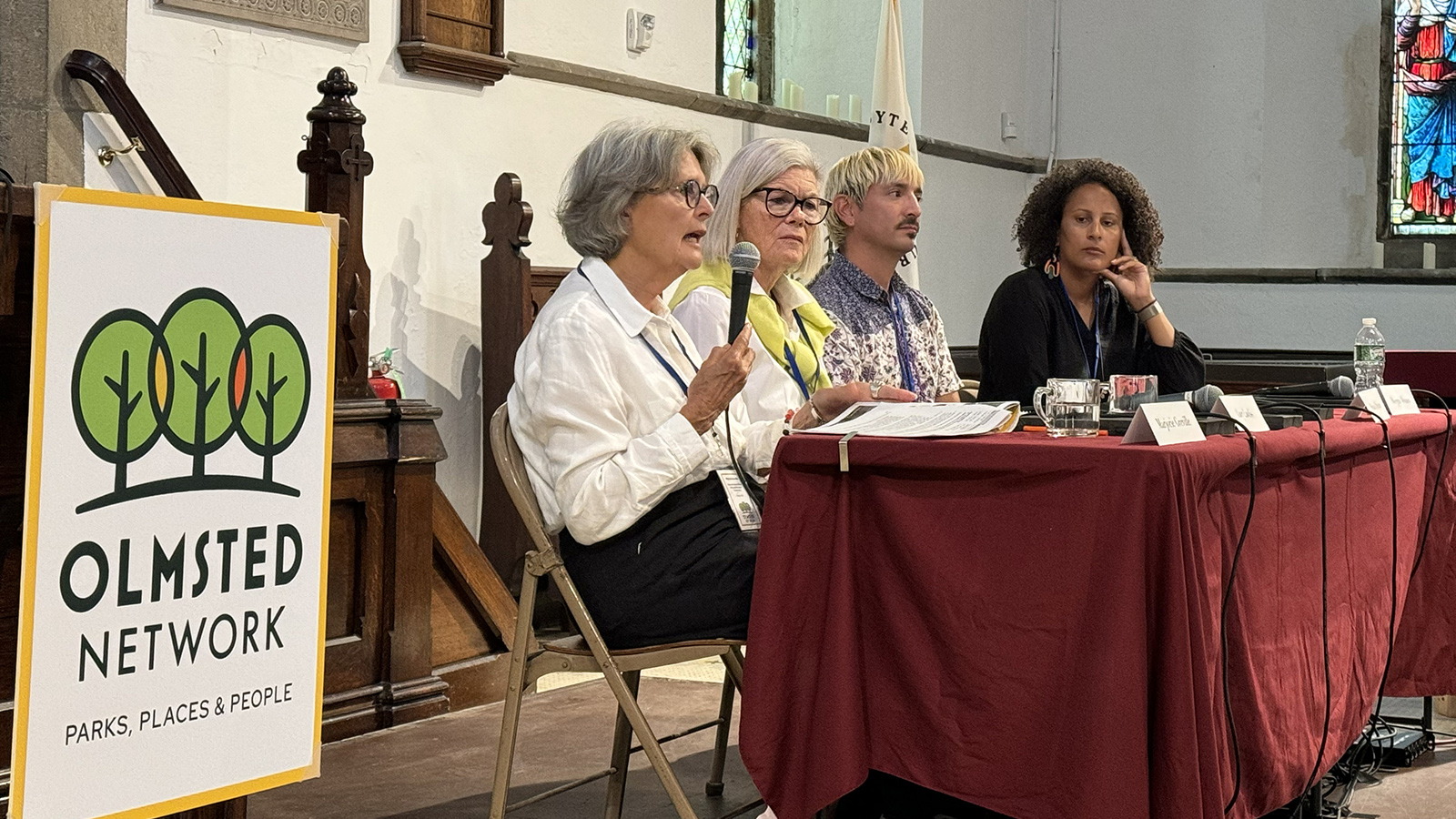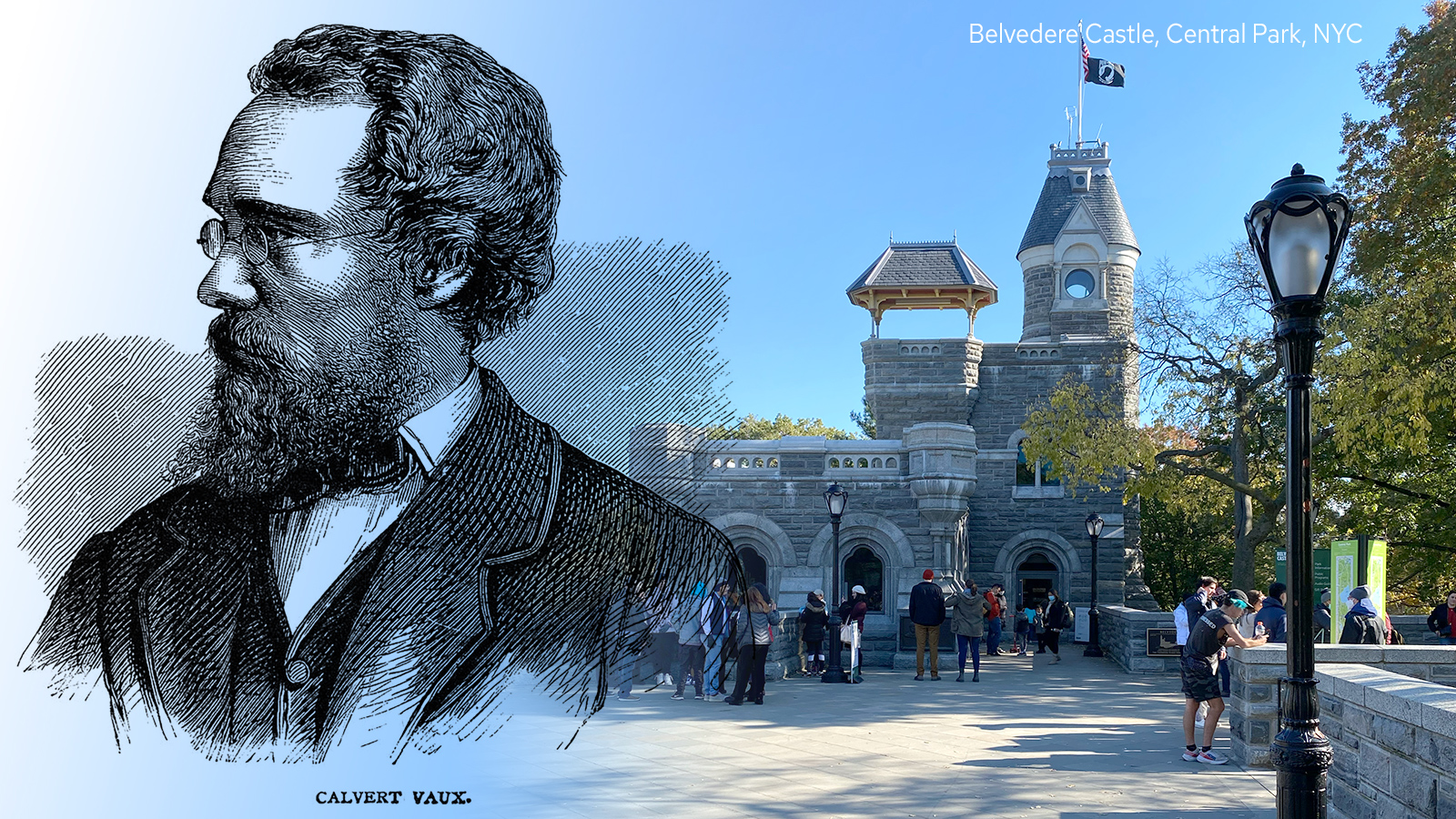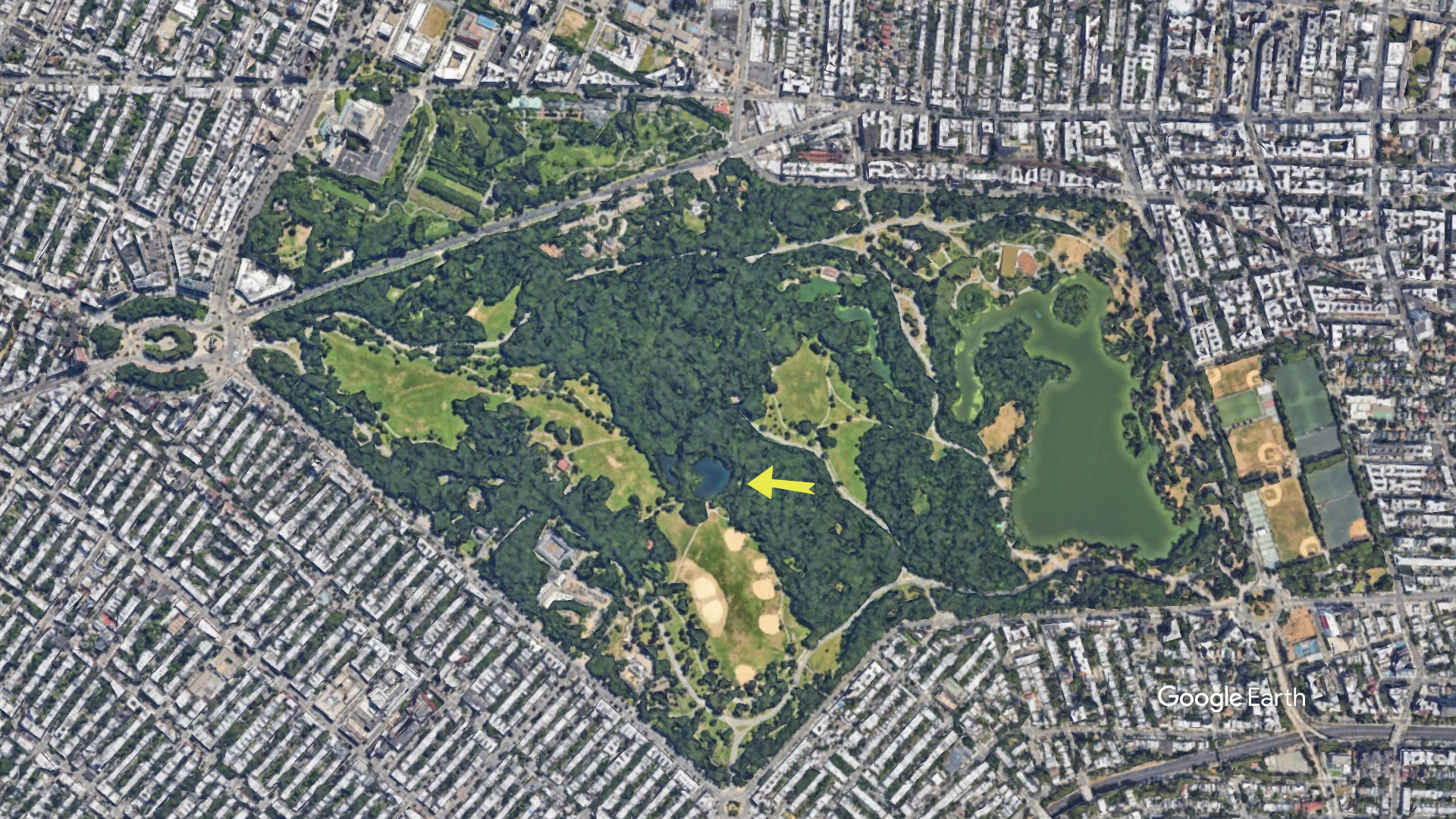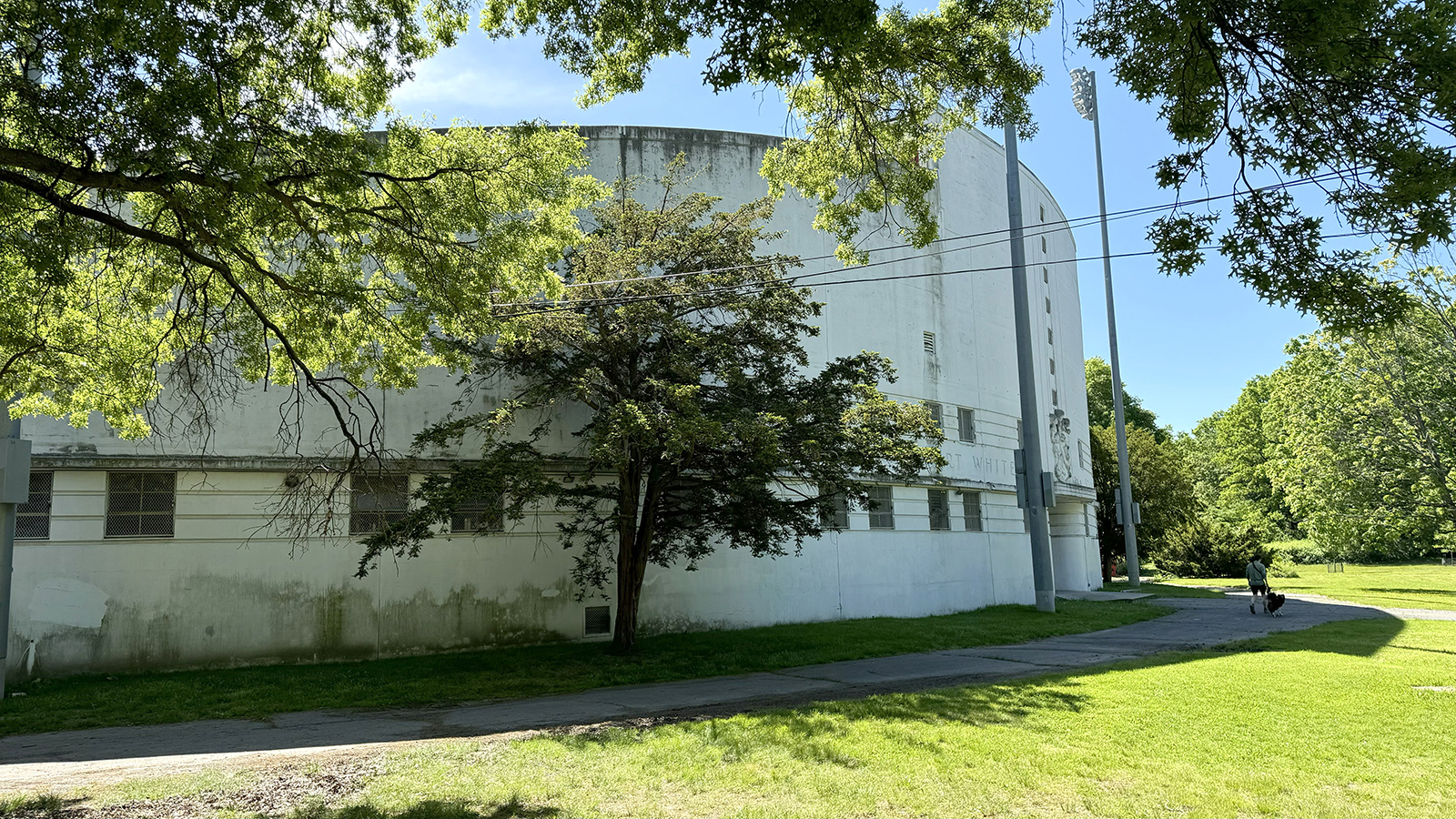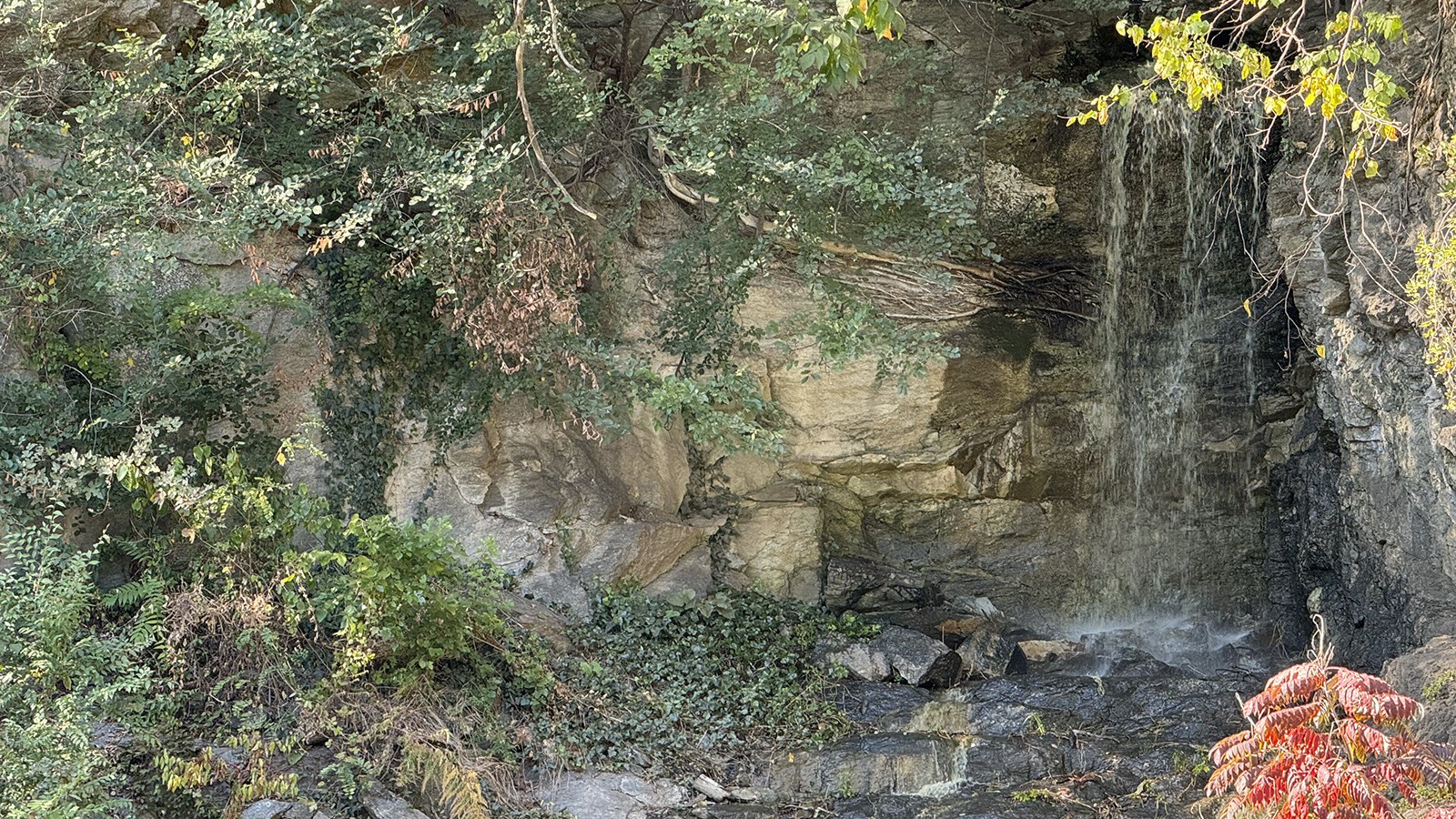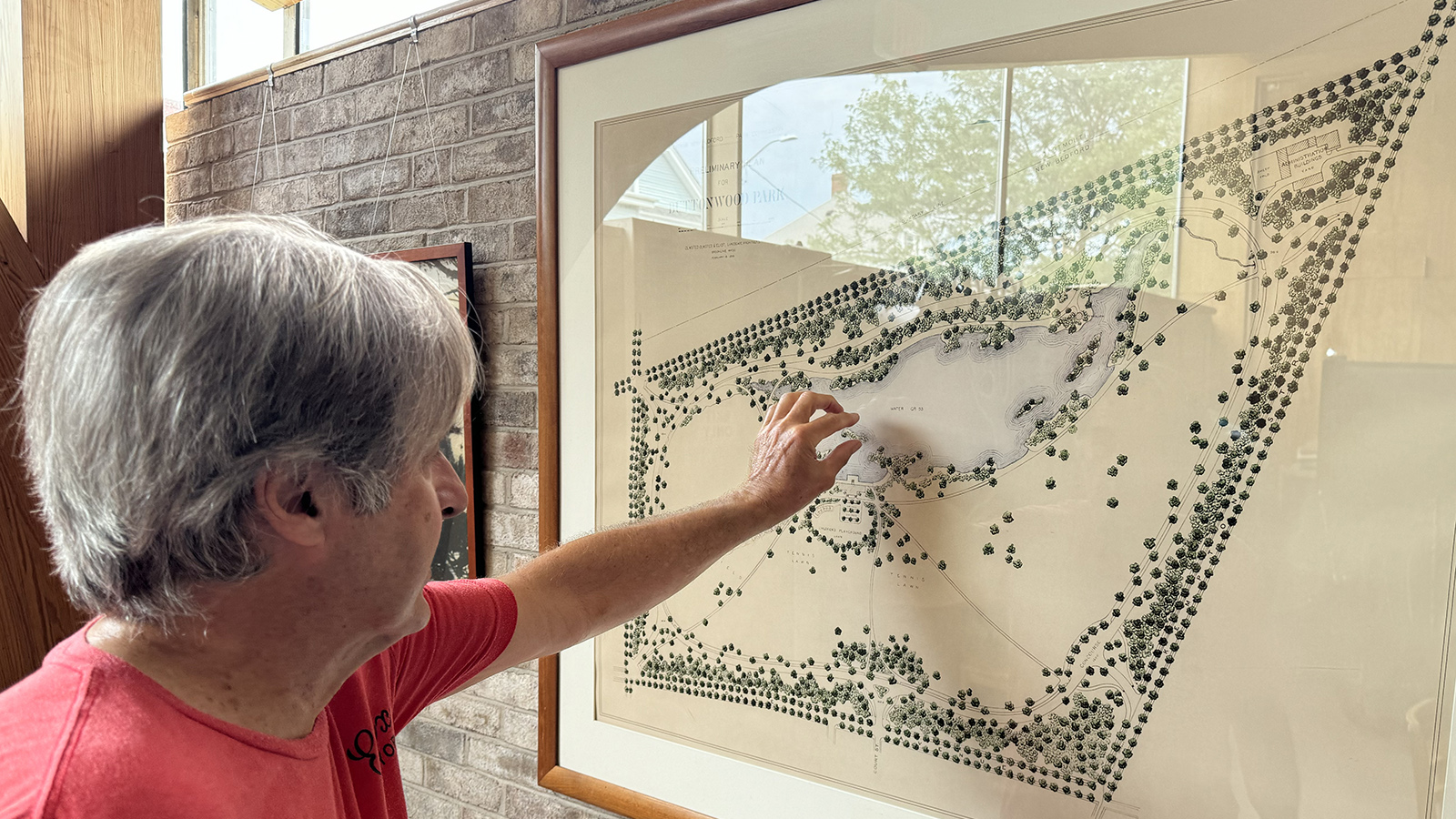A Deliberate Approach
The three-mile Approach Road that meanders from Biltmore Village up to Biltmore House is not there by accident—it’s the result of a very intentional and complex design by Frederick Law Olmsted for George Vanderbilt’s home in Asheville, N.C. Everything is by design.
Known today as the Approach Road, the road is a perfect blending of forest and landscape with no hard edges to separate the two. The lack of long-range views is intentional. Early visitors making their way up to Biltmore House were in horse and carriage, or on horseback. The journey up what is essentially a very long driveway took nearly an hour… plenty of time to build excitement and anticipation of what was waiting for them at the end of the drive: the 250-room Biltmore House. Guests today still experience that sense of mystery as they meander up this road, though modern transportation cuts the trip time by more than half.
“The Approach Road is the first important garden and landscape feature you see on the estate,” said Parker Andes, Biltmore’s Senior Director of Horticulture and Land Planning. “It gives you a true feel for Olmsted’s skill.”
Olmsted used native plant materials as the basis for his plan, adding 10,000 rhododendrons as a background element for the road. He also used mountain laurels, native and Japanese andromedas, and other plants. Evergreens in the foreground add richness, delicacy, and mystery while varieties of river cane and bamboo provide a hint of the exotic and tropical.
“Along the brook and on the edge of the drive, Olmsted planted low-growing plants. For variety of color in the winter, he used hardy olives, evergreens with an olive tint, junipers, red cedars, and yews,” explained Parker. “All of these created the complexity of light and shadow that define a picturesque style.”
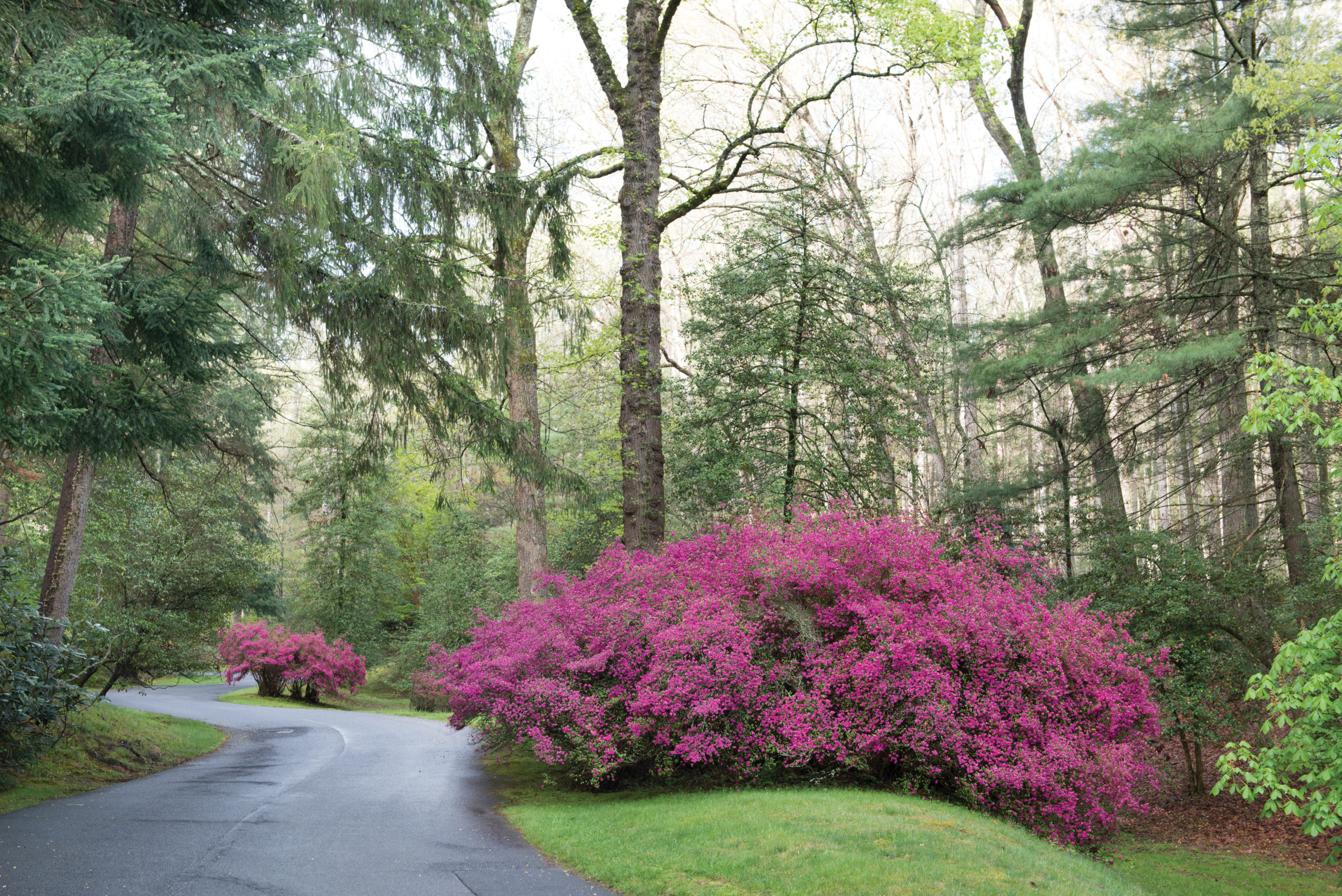
Over time, all of Biltmore’s landscapes have matured and changed in appearance. The challenge for today’s landscaping team lies in determining Olmsted’s original intent, and they use archival resources such as early plans, letters of correspondence written during the construction of the estate, and information about Olmsted’s design philosophies to help them stay true to the original vision.
Sometimes, variations from the plan are necessary. For example, Olmsted planted some exotic plants that were not invasive at that time, including Oriental bittersweet, mahonia, and barberry. Andes’ team has replaced those with others plants that offer similar characteristics and looks. Certain plants will not thrive where originally planted, the team selects others that are able to do well in those original locations.
“It’s a continual learning process, and each year I discover something new,” said Andes.
To learn more about Biltmore and Olmsted’s landscapes there, please visit https://www.biltmore.com/our-story/olmsteds-biltmore/
To watch another video on the estate’s historic gardens and grounds, please visit https://youtu.be/xkS9bJEn4CM.




